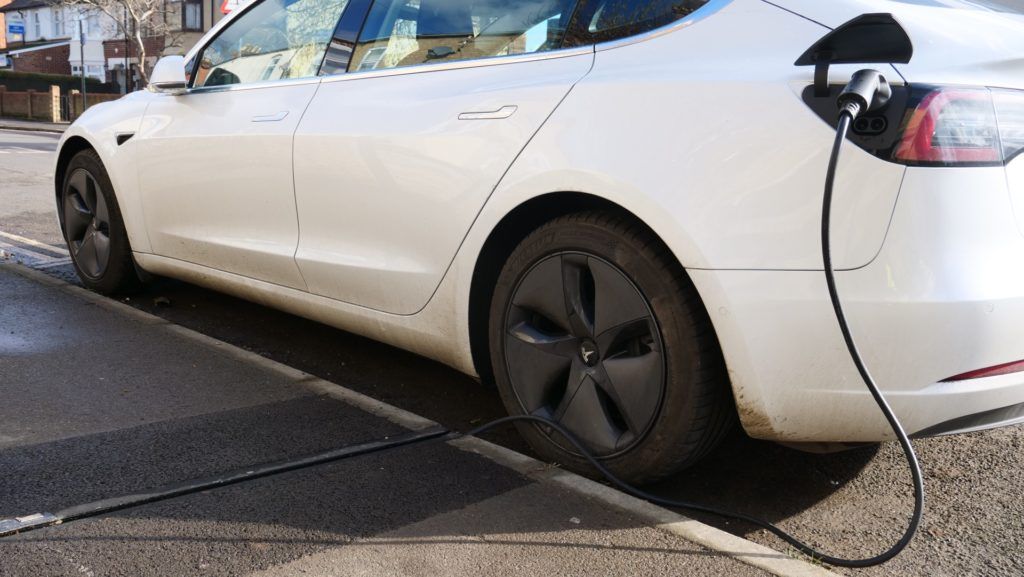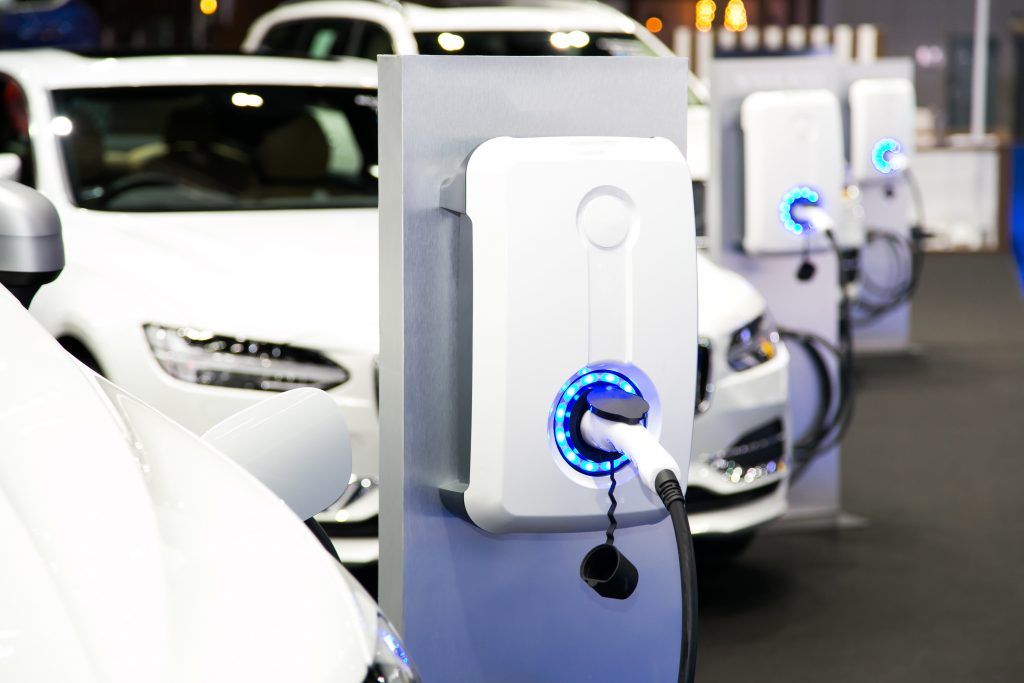A new innovation which enables people without off-street parking to charge their cars at home without trailing wires across the pavement is being trialled by electric vehicle owners in Oxfordshire.
Semi-retired father of three Guy Hargreaves has had an electric car for two and a half years. He is one of 30 volunteers around Oxfordshire piloting the Gul-e scheme – a home EV charging solution. It provides a secure and durable cable ‘gully’ or channel that is installed into the pavement so that cables will not cause a trip hazard.
To charge their EV, the user parks in front of their home, inserts the charging cable into the Gul-e and plugs the vehicle into their household energy supply.
Guy, 58, who lives in Summertown, Oxford, said: “To own an electric car without off-street parking is less convenient. It’s not undoable, but it requires an adjustment in your lifestyle. Now I’ve got this home-charging solution we have a much broader range of options and it’s definitely saving me money compared to commercial charging rates.
“The problem was always going to be that I’m not guaranteed to be able to park outside my own house, as we are part of a residents’ permit parking zone. But with the cable coming out from the footpath I can charge in two different parking spots, or even three if I reverse my car into the space.
“The Gul-e works brilliantly and I would definitely recommend it. Frankly it adds to the value of the house. There’s no reason why every house in the street couldn’t have one.
“Safety-wise, my cable runs cleanly down the gully and then it runs down the footpath nowhere near where you would trip. In terms of the footpath it’s 100 per cent clear.”
Funding for the Gul-e project was awarded by the government’s Office for Zero Emission Vehicles and Innovate UK. The project partners are Oxfordshire County Council and ODS, working with Oxford City Council as the shareholder of ODS.
Initial feedback from volunteers suggests users find the Gul-e easy to use, and much more convenient than commercial EV charging options. Although it doesn’t come with designated parking rights, the users have found their neighbours to be sensitive to their parking needs and are able to park and charge their car several times per week as required.
Councillor Pete Sudbury, Oxfordshire County Council’s Cabinet Member for Climate Change and Environment, said: “This is a neat and innovative solution to one of the blocks to people switching to EVs. It makes the convenience and low cost of home charging available to people who don’t have a driveway, without trailing wires across the pavement. I’d like to thank all these volunteers for taking part in the trial, and the feedback we get from them will be invaluable as we roll this programme out across the county.
“EVs aren’t a silver bullet to solving the climate crisis – we want people to avoid using cars where possible in favour of walking, cycling and using public transport – but speeding their adoption will help with the rapid reduction in emissions that we need in this decade.”
Councillor Mike Rowley, Cabinet Member for Citizen Focused Services, Oxford City Council, said: “As we move towards an electric vehicle future, trialling different charging solutions to meet the needs of different users is essential to encouraging uptake. In Oxford we have a large number of streets with on-street parking, and this exciting trial will allow more residents to charge their electric vehicle at home.
“I am delighted that ODS is involved in this project, and that it is building on the learnings of Go Ultra Low Oxford technology to expand to residents across Oxford and Oxfordshire.”
Current charging options for households without off-street parking currently range from trailing charger cables across the public highway, which can cause trip hazards and hinder people with limited mobility, or reliance on expensive public charging provision, often far from their homes.
Currently, 34 per cent (111,000) of Oxfordshire’s households do not have access to off-street parking. Although the Gul-e may not be suitable for all residences, it is expected to form part of the overall package for EV charging infrastructure.
The Gul-e project was driven by the need to support the predicted rapid uptake of EVs in Oxfordshire. If successful, it is hoped the scheme will be opened up to other local authorities across the UK.
Image courtesy of Oxfordshire County Council.








